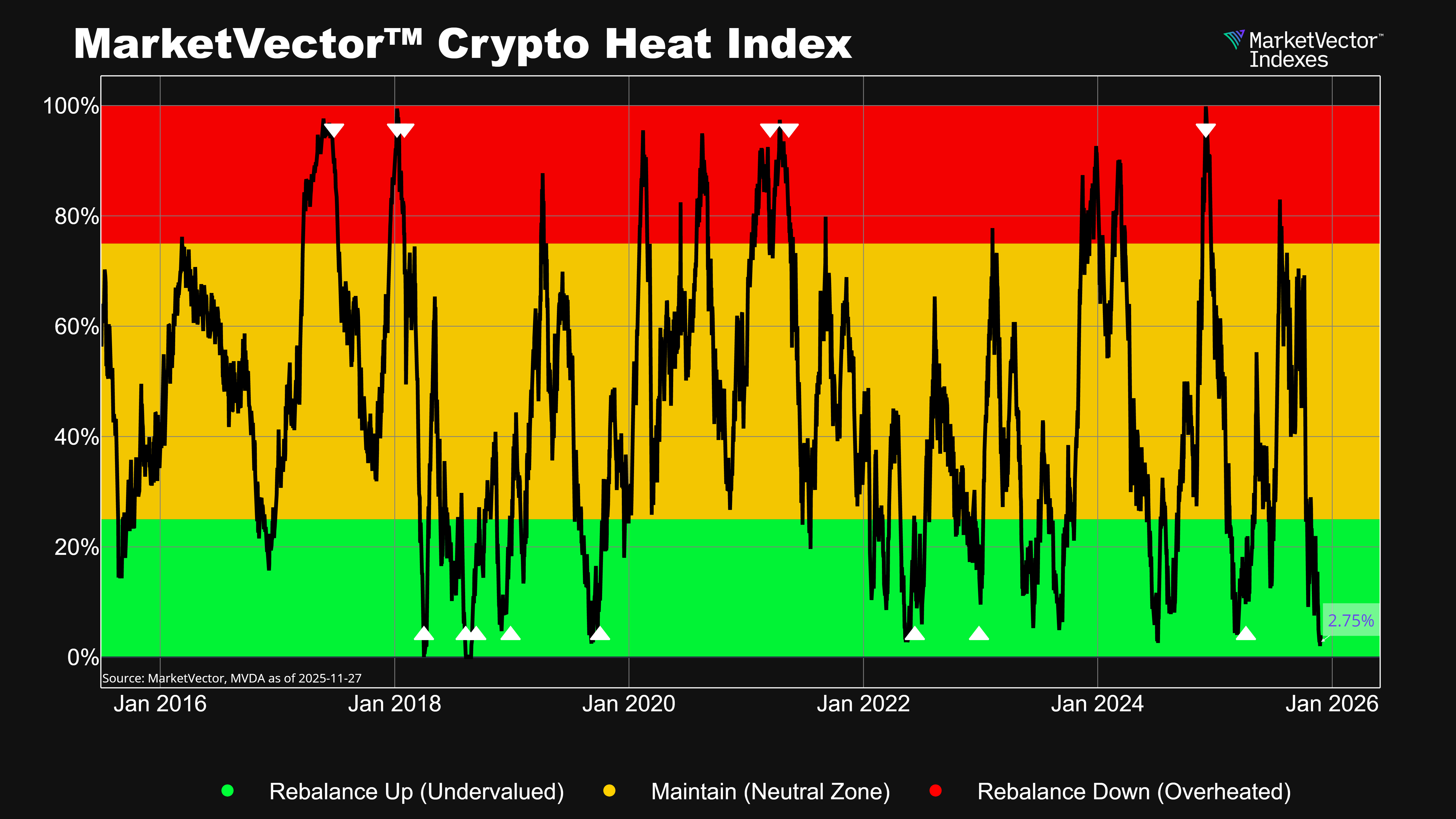- The second quarter was tough for the crypto market, with the MV Bitcoin benchmark Rate finishing down 12.77% and the MarketVector Digital Assets 10 Index dropping 13.86%. This poor
performance was mirrored by the MarketVector Digital Asset 25 Index, which focuses on altcoins and was down 22.62%. In contrast, the S&P 500 rose by 4%, highlighting a significant
divergence between equities and crypto markets. This quarter demonstrated once again that the correlation between crypto and traditional equities is not stable, as they continue to move
independently. - Despite the overall negative price action, there were several positive developments in the crypto space. The approval of Bitcoin ETFs earlier this year and a softer regulatory stance in the US,
along with potential political changes, have set a promising long-term outlook for digital assets. Additionally, new products in gaming, real-world assets, and social finance sectors are
emerging, providing further growth opportunities. However, these positive trends were overshadowed by short-term supply concerns, such as the release of Mount Gox tokens and
government-seized coins entering themarket, which added downward pressure on prices. - Bitcoin miners, particularly smaller operations with weaker balance sheets, are feeling the impact of the recent halving and reduced network activity, which has led to lower transaction fee
profits. As a result, these miners are experiencing increased selling pressure in an effort to survive in the short term. Consequently, it is not surprising that transfers from miners' wallets to
exchanges surged by 45% in June compared to the previous month. - Looking ahead, market sentiment is cautiously optimistic. The options market indicates a short-term bearish outlook but a positive long-term perspective, suggesting that current price
weaknesses are only temporary. Regulatory actions, although tiring, are becoming less impactful as issuers and exchanges increasingly fight back. The market faces challenges from token
unlocks and airdrops, which currently dampen community engagement and project success. However, the long-term potential remains strong, driven by ongoing innovation and improving
regulatory clarity.
Get the latest news & insights from MarketVector
Get the newsletterRelated:




